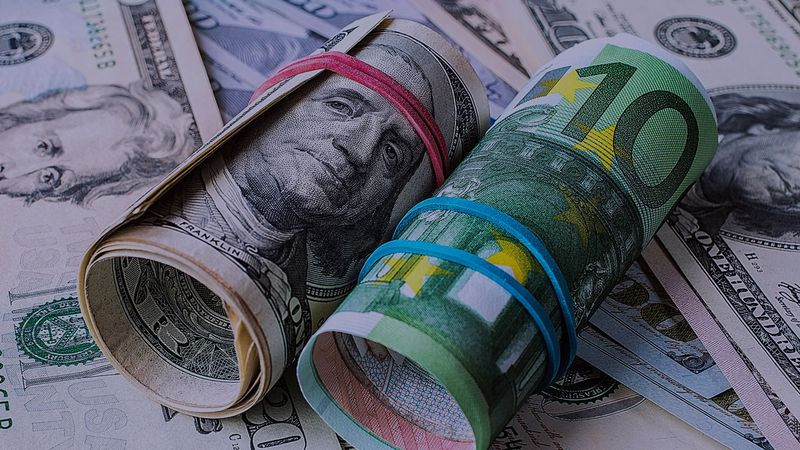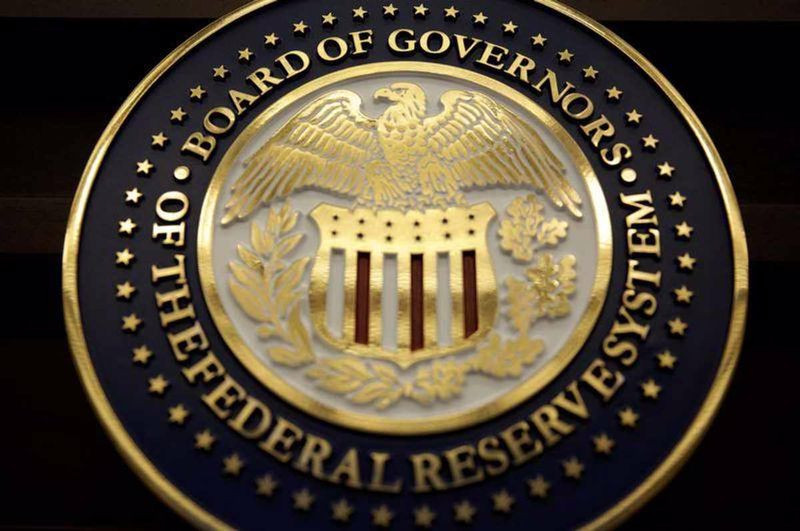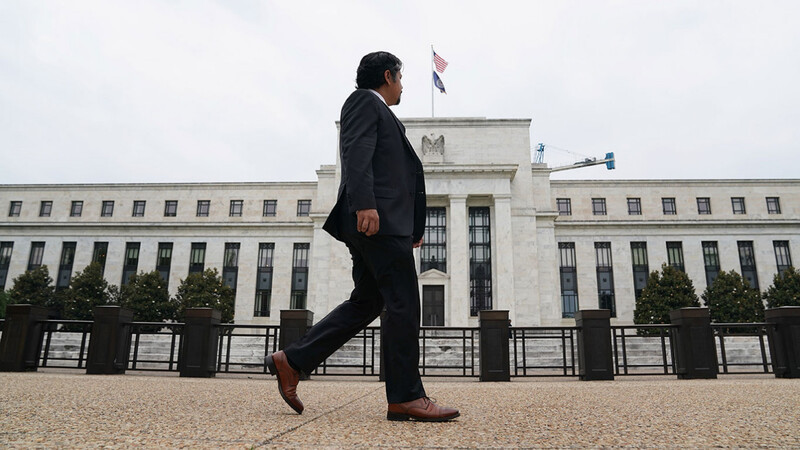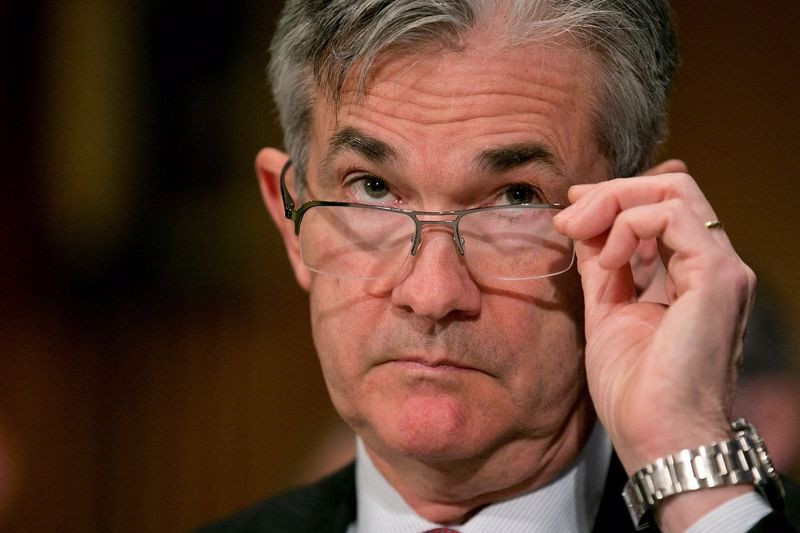The US dollar dropped for the third day in a row on Monday. At the close of yesterday's session, USDX lost about 0.4%, falling below 103 for the first time since mid-February.
The greenback retreated by almost 3% from the three-month high of 105.90.
In the middle of last week, the US dollar strengthened sharply as banking turmoil on both sides of the Atlantic revived the memories of the crisis that took place 15 years ago.
The bankruptcy of Silicon Valley Bank, the largest collapse in the US since 2008, the closure of Signature Bank, and the collapse of Silvergate Bank alarmed the markets.
A similar situation that happened in Europe to the Swiss banking giant Credit Suisse added fuel to the fire.
The US dollar became the main beneficiary of market turbulence thanks to its safe-haven status. The greenback advanced notably against its major rivals. So, the EUR/USD pair sank to 1.0520, its lowest level since the beginning of the year.
However, the dollar did not rest on its laurels for long and quickly retreated, which allowed EUR/USD to rebound to the 1.0700 area by the end of the week.
Leading central banks were quick to reassure market participants that the banking system today is much more resilient than during the 2008-2009 global crisis, and they now have all the tools needed to stop financial contagion.
The main difference from the events of fifteen years ago is that back then, the trigger was the fall in real estate prices as the basis of banking assets, as well as the collapse of the backbone bank in this area.
Now the crisis was triggered by mass withdrawals of money by depositors in a fit of panic, which was largely caused by memories of 2008 when dozens of financial institutions went bankrupt.
It is worth noting that Credit Suisse's problems have been accumulating for years, and customers began withdrawing their funds from the bank in the amount of $110 billion in the last three months of 2022, not believing that the bank would stay afloat.
The crisis in depositor confidence was exacerbated by comments from Saudi National Bank Chairman Ammar Al-Khudayri, who said he could no longer invest in Credit Suisse. This was followed by a significant outflow of deposits from the Swiss bank.
As for the United States, according to some experts, banking turmoil is a consequence of the aggressive increase in interest rates in the country, which led to a decrease in the value of treasuries. This, in turn, was one of the main reasons for the bankruptcy of Silicon Valley Bank and Signature Bank.
Rate hikes have averaged more than half a percentage point at each of the eight Fed meetings since March 2022 and have driven the benchmark interest rate up from near zero to the current range of 4.50%-4.75%.
According to some estimates, when the cost of borrowing increases by 1%, treasuries with long maturity become cheaper by about 10%.
Thus, if the US central bank continues to raise rates, the negative consequences of this decision may spread to many commercial banks, whose portfolios consist of more than 70% of treasury bonds.
A recent study by researchers from the University of Southern California, the Kellogg School of Management, Columbia University, and Stanford University found that nearly 200 US lenders are at risk of failure.
"Silicon Valley Bank collapsed after rising rates drove down the value of its assets and anxious clients withdrew uninsured deposits. A new study has found that 186 banks in the US could be exposed to similar risks. In the case of withdrawals by uninsured depositors, insured depositors may face depreciation because the bank will not have enough assets," the Wall Street Journal reports.
In such a scenario, regulators will have to intervene, the publication concludes.
And the reaction from the Fed was not long in coming. The regulator seems to have considered that only an unlimited injection of liquidity into the banking system can stabilize the situation.
Over the weekend, the US central bank offered daily currency swaps to ensure banks in Canada, the UK, Japan, Switzerland, and the eurozone have the dollars they need to operate.
"The daily swaps, beginning on Monday and extending until at least the end of April, will serve as an important liquidity backstop to ease strains in global funding markets, thereby helping to mitigate the effects of such strains on the supply of credit to households and businesses," the Fed said in a statement.
The fact is that almost any financial crisis creates a shortage of dollars, as investors flock to the safe American currency.
Therefore, for the time being, the Fed sees no other way out but to print dollars.
The Fed's latest actions are similar to the steps taken to mitigate the effects of the COVID-19 pandemic in 2020. Perhaps it was even more like an effort to strengthen the system after the housing market in the United States collapsed and caused the global financial crisis and America's recession from 2007 to 2009.
At the same time, during every crisis starting from 2008, the Fed has doubled its balance sheet. Back then, it printed and distributed $1 trillion, and the regulator's balance increased from $1 trillion to $2 trillion. During the pandemic, the central bank increased its balance sheet from $4 trillion to $9 trillion.
However, inflating the Fed's balance sheet may lead to accelerated inflation, which, unlike previous crises, has become a headache for the regulator and prevents it from flooding the economy with money.
By all appearances, the Fed has faced a difficult choice.
On the one hand, it must fight inflation, raise rates, and tighten financial conditions.
In February, the growth of the consumer price index in the US in annual terms slowed down to 6% from 6.4% a month earlier. But this happened mainly due to the reduction in the cost of energy. The core CPI remained mainly unchanged, standing at 5.5% last month versus 5.6% in January. In monthly terms, the indicator accelerated to 0.5% from 0.4%.
Thus, there is still a long way to go before declaring victory over inflation. However, further rate hikes could exacerbate the banking crisis, devalue bonds, and make interbank lending more expensive.
On the other hand, if the Fed turns to monetary easing, accepts high inflation, and abandons its 2% target, the stagflation of the 1970s could be repeated. It took 20 years and an increase in the key rate to 20% to curb rampant inflation.
According to Deutsche Bank strategists, the rush to add liquidity to the monetary system is the most obvious sign of financial stress and a clear negative factor for the dollar.
"The Fed adding to its balance sheet but being slow to resolve the underlying financial problem, is among the worst outcomes for USD," they said.
"We are inclined to take a USD negative line, in so much as the SVB problem has triggered a crisis of confidence that has long-term structural implications for the US banking system," Deutsche Bank added.
"A shock of this nature, that has deep-seated implications for a sector's structure, is typically not responsive to immediate fixes. The issues as they relate to banking sector structure, are also very specific to the US, which is another reason why we draw USD negative conclusions," analysts at Deutsche Bank said.
Currency strategists at JPMorgan Chase believe that expectations of easing monetary policy of the Fed create preconditions for the greenback's decline. It is best to sell the dollar against other reserve currencies such as the yen, the Swiss franc, and the euro.
"At the same time, we would warn investors against betting on a large-scale decline in the US dollar against all currencies, as it will noticeably rise in price in the event of increased financial stress. Under such a scenario, defensive assets such as the dollar will be in demand," experts at JPMorgan Chase said.
The takeover of Credit Suisse by UBS, as well as the announcement of coordinated actions by major central banks to increase dollar liquidity, eased fears that the crisis would spread to the wider banking sector and undermined demand for a protective US currency.
In addition, investors believe that recent events should make the Fed more cautious for a while. This serves as a headwind for the greenback.
On Tuesday, USD hit new multi-week lows around 102.70, but then brushed off daily losses and returned to the levels of the previous close.
Although a quick response to emerging risks in the banking sector is encouraging, markets remain nervous, which allows the dollar to stay afloat ahead of the Fed's rate verdict. The regulator will sum up the results of the two-day meeting on Wednesday.
According to Commerzbank specialists, expectations on the rate before the Fed meeting have never diverged so much, from 0 to +25–50 basis points. "No one really knows what will happen tomorrow, it's like choosing a candy out of a box," they said.
According to CME Group, 80% of traders expect the federal funds rate to rise by 25 basis points on Wednesday, and the remaining 20% expect the rate to stay unchanged.
"To go with the market pricing of a hike by 25 basis points is the safest way for the Fed. What do you do when you don't have a strong conviction... You go with the market expectation," Zhiwei Ren, Managing Director and Portfolio Manager at Penn Mutual Asset Management said.
Goldman Sachs believes that the recent turmoil in the US banking sector is a sufficient reason for the Fed to suspend rate hikes as this will not undermine the fight against inflation.
"We expect the FOMC to pause at its March meeting this week because of stress in the banking system." A pause in the fight against inflation should not be such a problem as bringing inflation back to 2% is a medium-term goal and "the FOMC can get back on track quickly if appropriate, and the banking stress could have disinflationary effects," strategists at Goldman Sachs said.
In addition to the decision of the central bank on monetary policy, the regulator's forecasts regarding the future trajectory of interest rates, as well as comments by the head of the Fed, Jerome Powell, will be in the spotlight.
The Fed's latest forecasts in December indicated that rates would peak in the range of 5-5.25%.
If the updated forecast implies lower rates going forward, the US dollar will continue to weaken.
If the projections continue to point to rates of at least 5% until the end of the year, the greenback could rise.
"The hawkish or dovish market read may come down to whether Powell focuses more on financial or price stability in the press conference," analysts at Citigroup said.
They predict that the Fed will not only raise the key rate by 0.25% but also increase the rate hike plan by another 25 basis points.
"A 25-basis-point increase or a pause by the FOMC on Wednesday, as well as a slight revision of the Fed's dot plot, create a downside risk for the dollar this week and should help the EUR/USD pair return to its upward trajectory from January," economists at Societe Generale said.
"Raising the rate by 50 basis points and/or a significant upward revision of the dot plot would be a big surprise, which would support the dollar and negatively affect risk assets, undermining EUR/USD," they added.
The major currency pair has been trading in positive territory for the fourth consecutive session.
On Tuesday, it rose to five-week highs in the range of 1.0780-1.0785, but then corrected slightly.
Investors seem to refrain from betting on further growth in EUR/USD ahead of the release of the Fed's monetary policy statement.
The next resistance is seen at 1.0790. Further, the pair may head towards 1.0830 and 1.0860.
Immediate support lies at 1.0720, followed by 1.0680 and 1.0640.
















